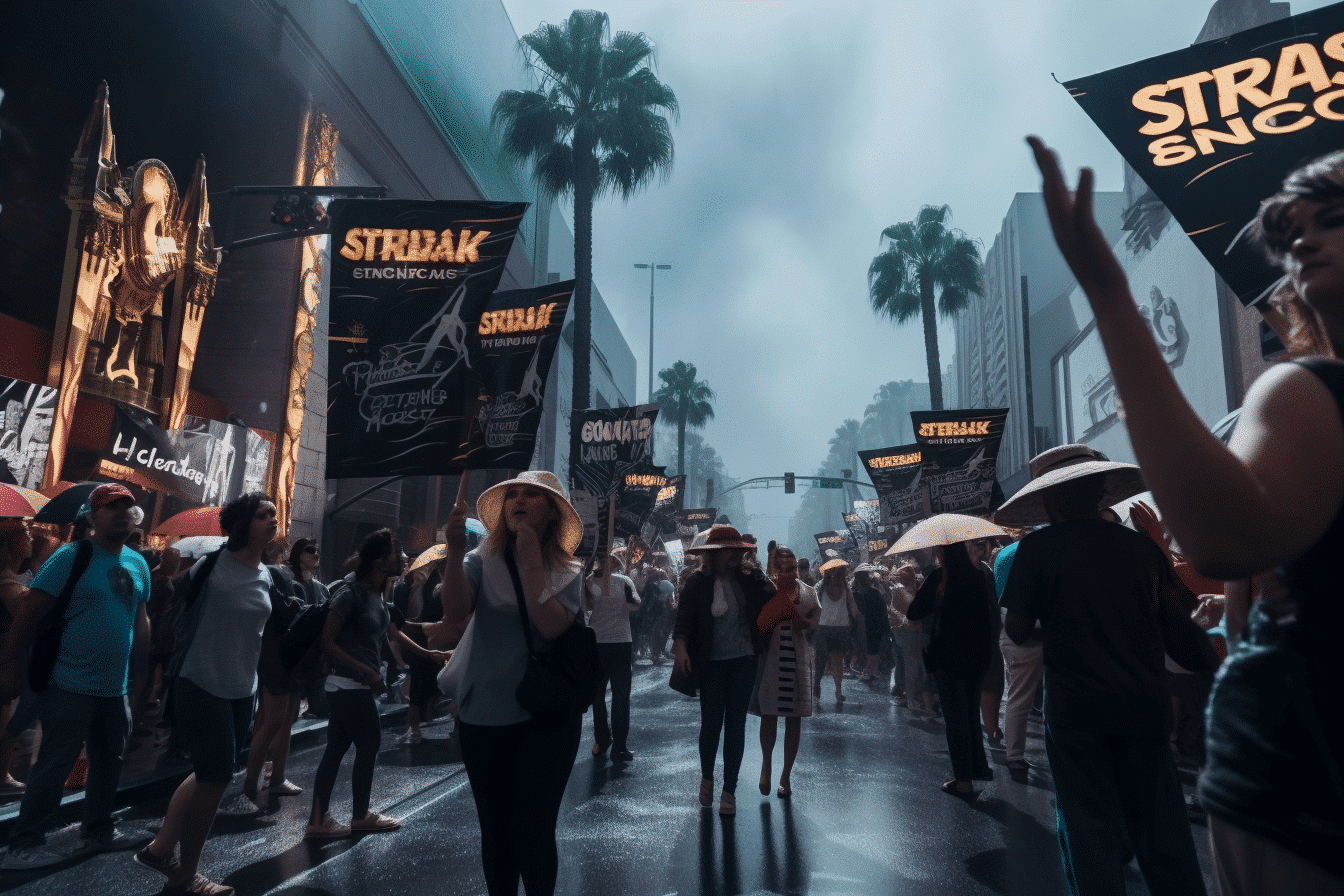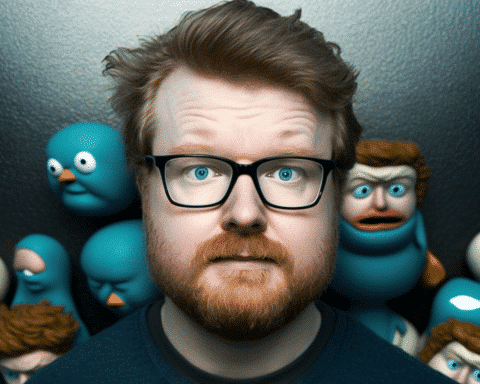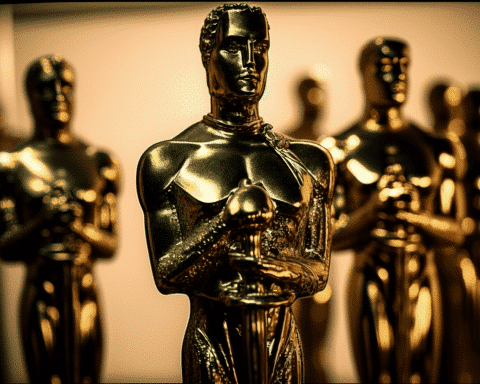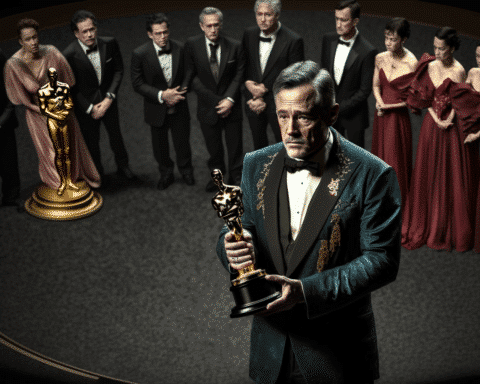With over three decades of experience as a Hollywood hair stylist, Kim Kimble always had a safety net: her salon. But that changed during the pandemic. “I had a salon as a fallback. I closed it, and now it’s gone,” she reflects.
The ongoing actors and screenwriters’ strikes have grounded numerous Hollywood beauty professionals just as they regained their footing post-COVID-19. The fallout of these strikes isn’t confined to just the actors and writers picketing for better contracts with studios and streaming platforms. The entire ecosystem, including the crew, promoters, and assistants, has felt the impact nationwide.
Linda Dowds, a seasoned makeup artist since 1987, states, “Studios hesitated in approving projects even before the writers’ strike. Many of us have faced unemployment much before the actual strikes started.”
Strikes began with the writers on May 2, followed by the actors on July 14. The longevity of these strikes remains uncertain. Industry specialists voice concerns over the potential loss of their homes and healthcare in this limbo. Even once agreements are reached, productions will take time to restart.
Dowds, recognized for contributing to “The Eyes of Tammy Faye,” notes her anxiety and current financial stability, thanks to years of continuous work. Yet, she wonders, “For how long?”
Kimble, known for her work with renowned names like Beyoncé and films like “Dreamgirls,” is at a crossroads. “Hair is my passion. If not this, then what?” she wonders.
New York-based makeup artist Matin Maulawizada, who often caters to celebrities globally, laments the steep decline in pay over the years. “What once was $3,500 to $5,000 for a red carpet gig with a top-tier celebrity might now fetch $500.”
Celebrity manicurist Julie Kandalec, who’s also catered to stars like Emily Blunt, feels the pinch. While she has an online teaching gig and collaborations outside Hollywood, the pressing concern remains: “How will I cover my rent?”
Andrea Pezzillo, another celebrity stylist, highlights the problems of relying on actor clients who are also not working. “I’m improvising, making house calls,” she shares.
Maulawizada points out the underlying issue for many: a lack of online presence. He says, “Many focused solely on films. They’re backstage, ensuring the actors look perfect. They are the crème de la crème. But in today’s digital age, not being on platforms like Instagram can hurt.”
His current approach? Collaborating with brands to support professional makeup artists, leveraging their expertise over generic social media influencers.
This predicament isn’t unique to beauty professionals. Whitney Anne Adams, a costume designer, remarks, “Opportunities have dwindled, with nothing promising in sight.” She recently secured a minor styling gig on a non-union music video.
As these professionals navigate the murky waters of the entertainment industry, Adams remains hopeful. She believes in collective strength as part of the International Alliance of Theatrical and Stage Employees and the Motion Picture Technicians Union. “We’re all in this together. A fair contract is essential for everyone involved,” she asserts.
The Hollywood strikes’ ripple effects underscore the entertainment industry’s interconnectedness. Everyone is feeling the strain, from A-list actors to the backstage professionals ensuring they look their best. As the industry grapples with the evolving landscape of digital media and traditional production, the hope lies in unity, adaptability, and a collective push for fair compensation and representation. Only with collaborative efforts can the industry move forward, ensuring that every cog in the Hollywood machine is valued and protected.




